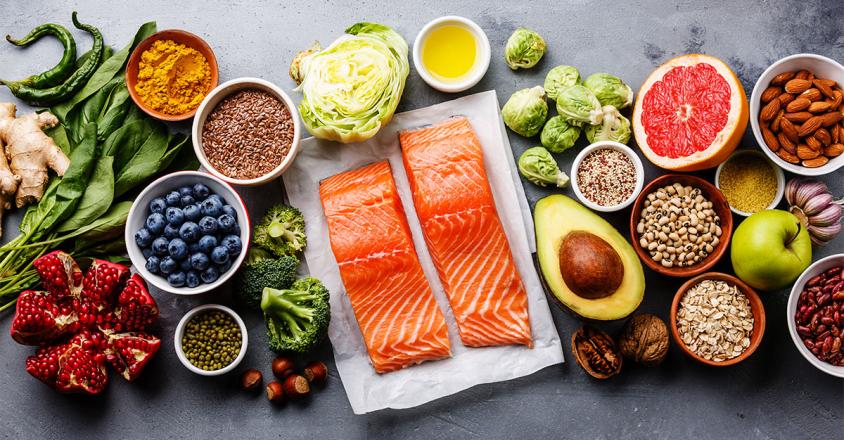

What makes a food super?
We’ve always had food – at least some food. So how did it become super? And what are the qualifiers to becoming a superfood, anyway?
The term superfood loosely originated around World War I as part of a food marketing strategy for bananas. Fast forward 100 years and the term has translated into hype. Let there be hype if the food is healthy.
The qualifier to make the superfood list is a food offers high levels of nutrients linked to the prevention of a disease or has health benefits beyond its nutritional value. Here are some superfoods on the list, according to the American Heart Association:
Beans & Legumes
Plant-based source of protein
Provide fiber, magnesium and phytonutrients
Berries
High level of flavonoids
Can lower risk of heart attack in women
Dark Leafy Greens
Packed with nutrients, fiber and antioxidants
Low in calories and carbohydrates
Nuts & Seeds
Provide protein, fiber and unsaturated fats
Best options are unsalted
Oats
Whole-grain source of dietary fiber
Can lower risk of heart disease stroke and diabetes
Pumpkin
Provides fiber, potassium and vitamin A
Canned is a convenient, nutrient-loaded choice
Salmon
Protein
Provides Omega-3 Fatty Acids
Skinless Poultry
Usually leaner than beef
Grilled, roasted or baked
Yogurt
Provides calcium, protein and vitamin D
Best options are low-fat or fat-free
“Think about creating a super plate,” said Maurine Maneely, Manager, Clinical Nutrition at Genesis Hospital. “One that contains healthy, colorful, flavorful foods. Plant-based foods, like fruits and vegetables and whole grains to promote better health.”
Genesis HealthCare System’s Health and Wellness content conveniently provides accurate and helpful information. Your health history and current health may impact suggestions provided through our Health and Wellness content. Although we hope this information is helpful, it is not a substitute for your doctor's medical advice. Before making any significant changes, please consult your doctor.



